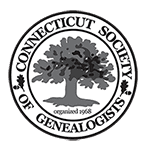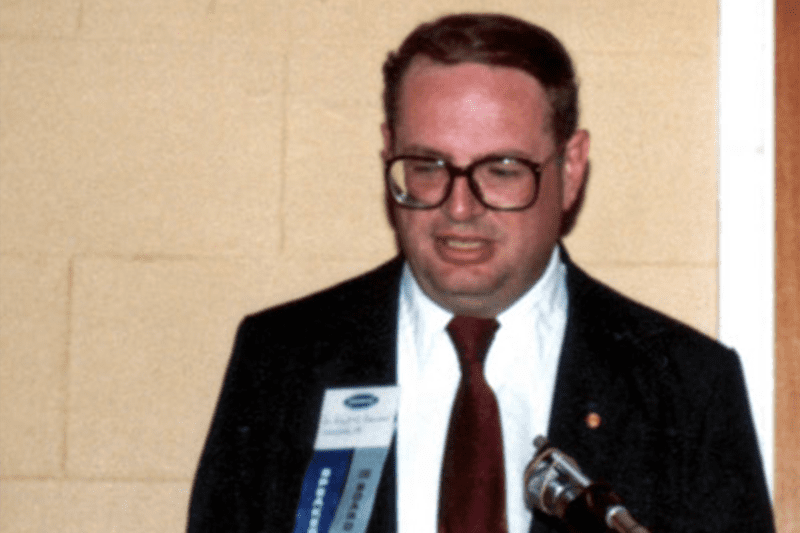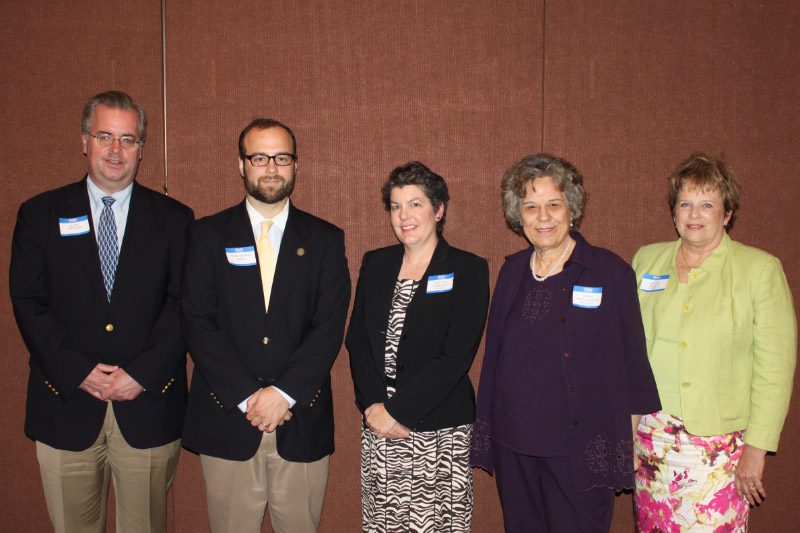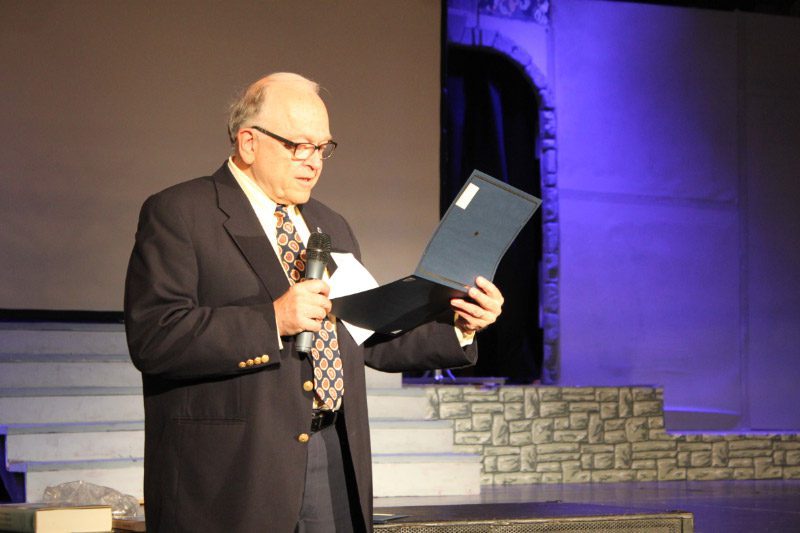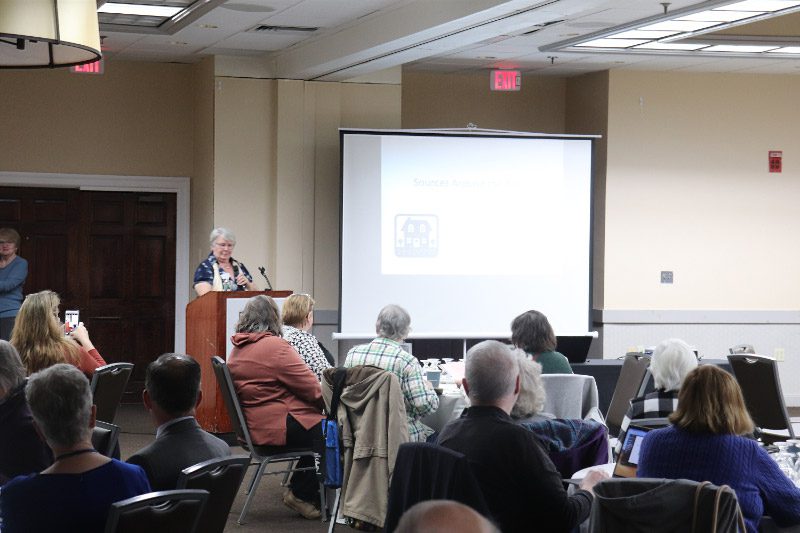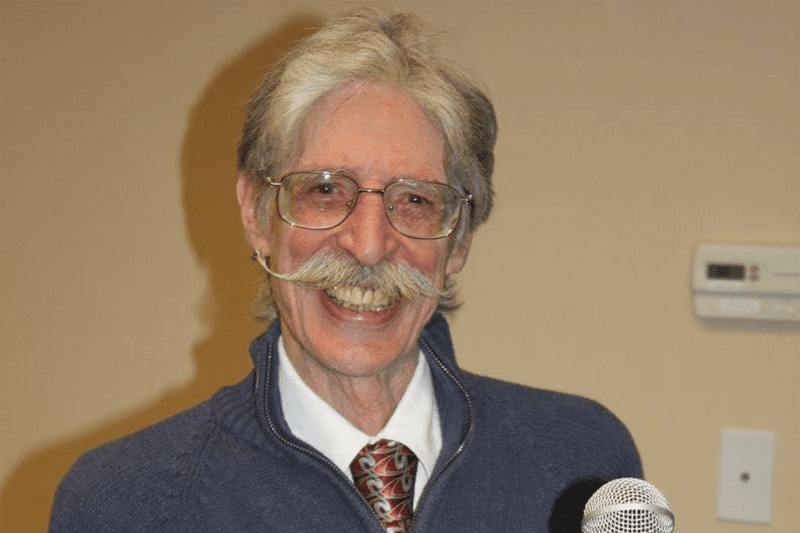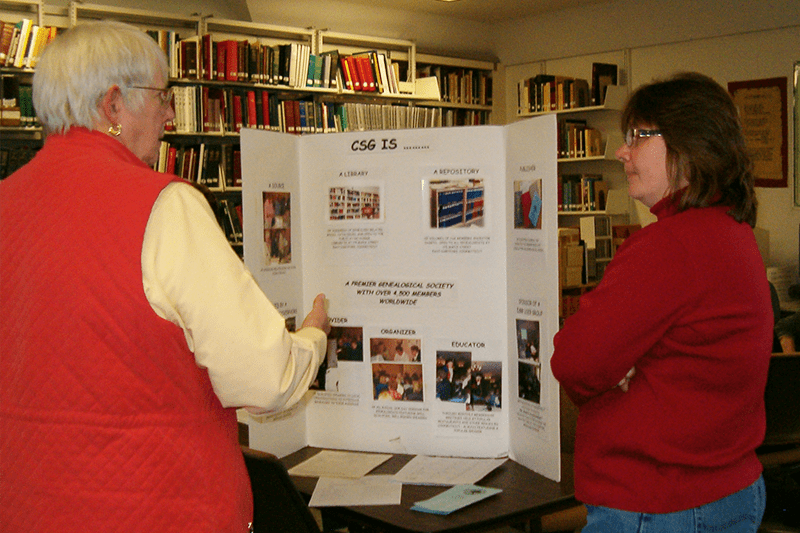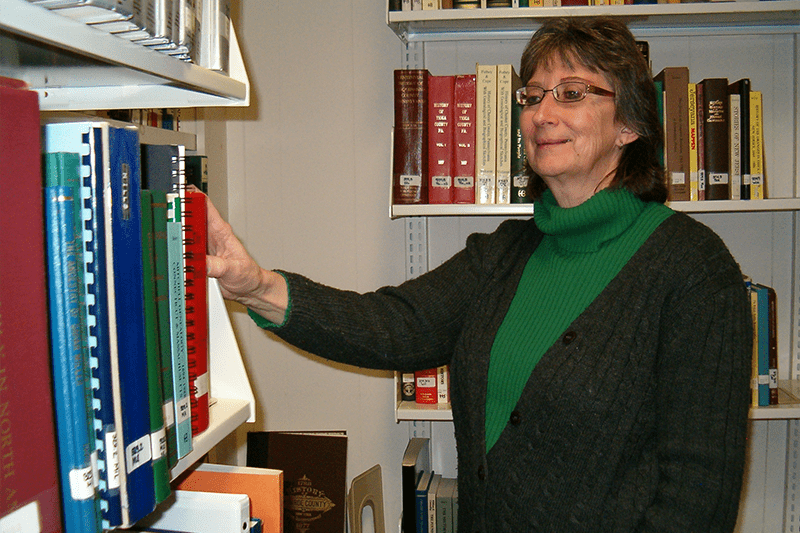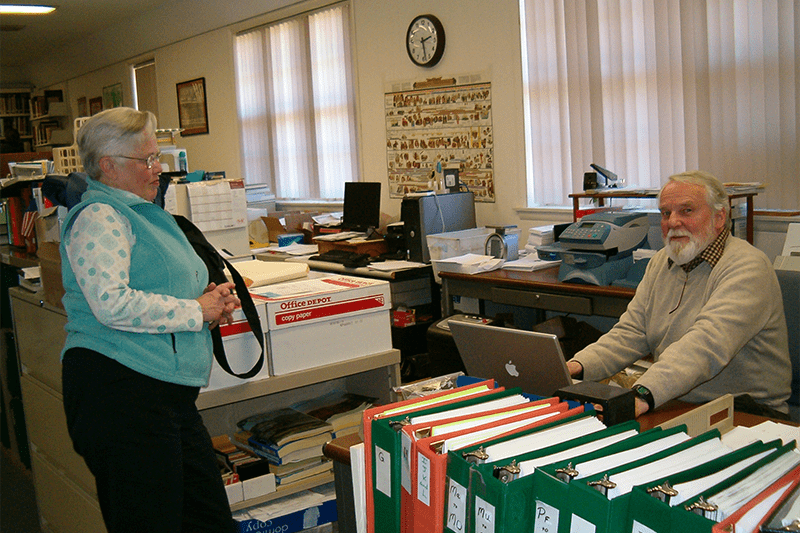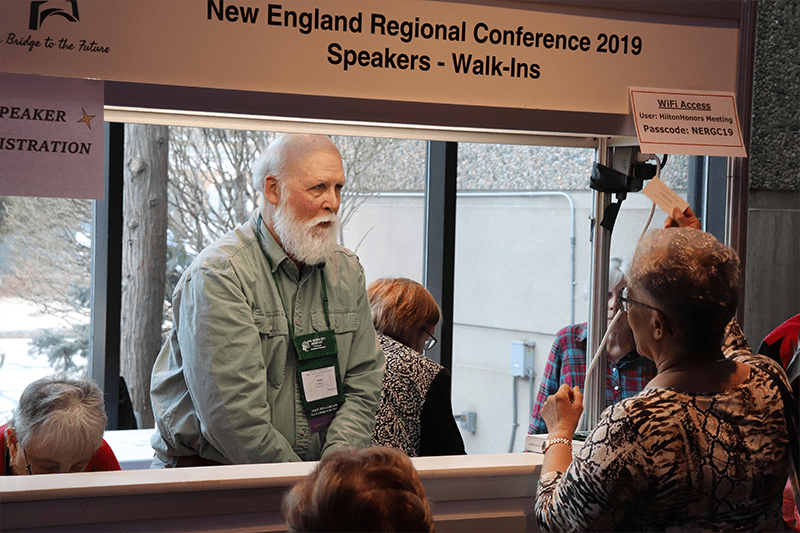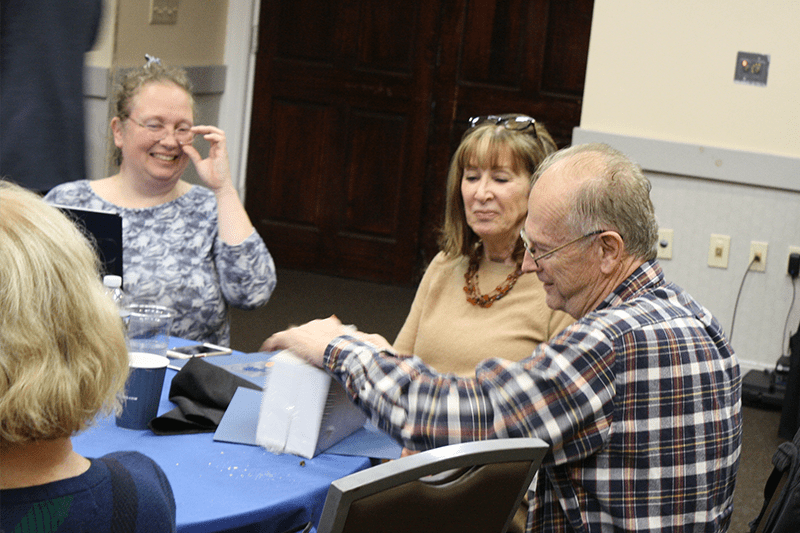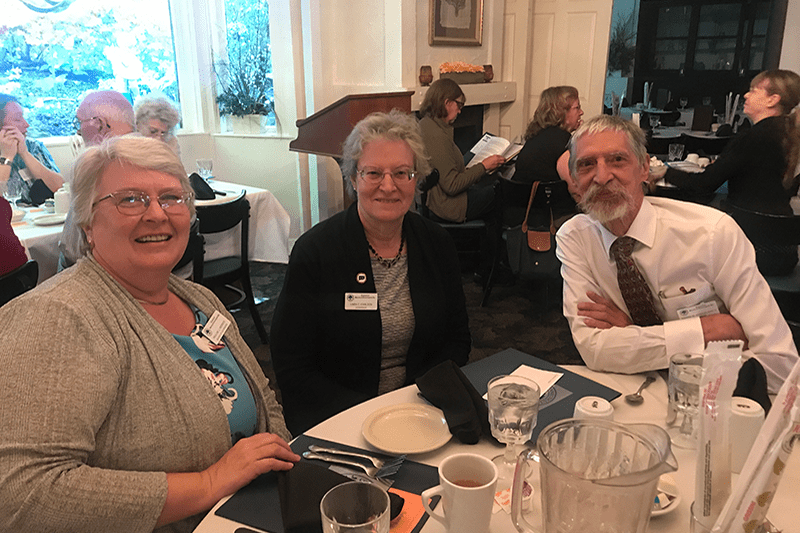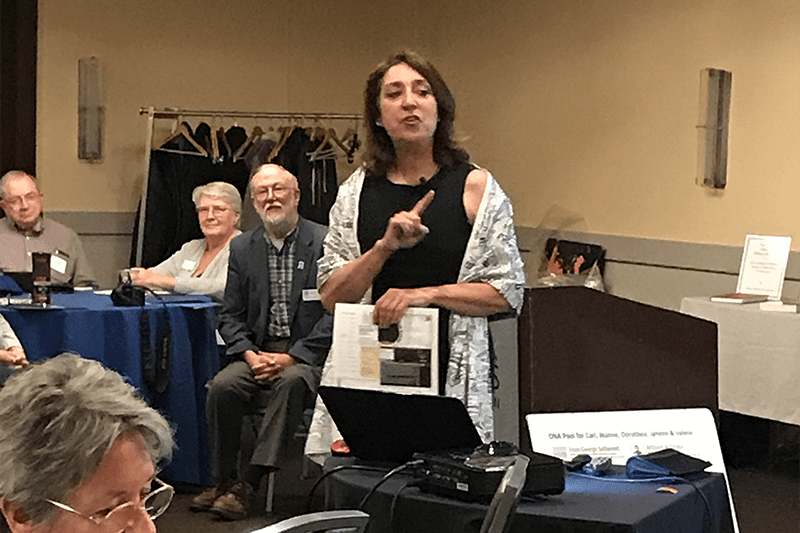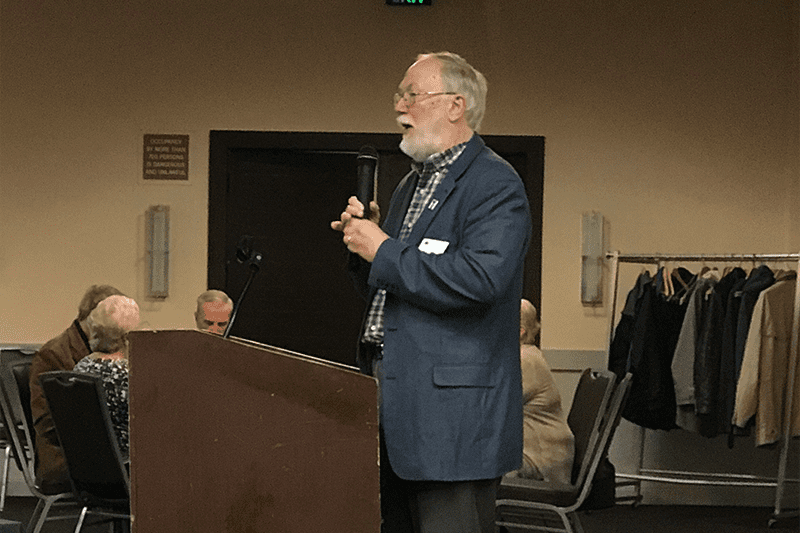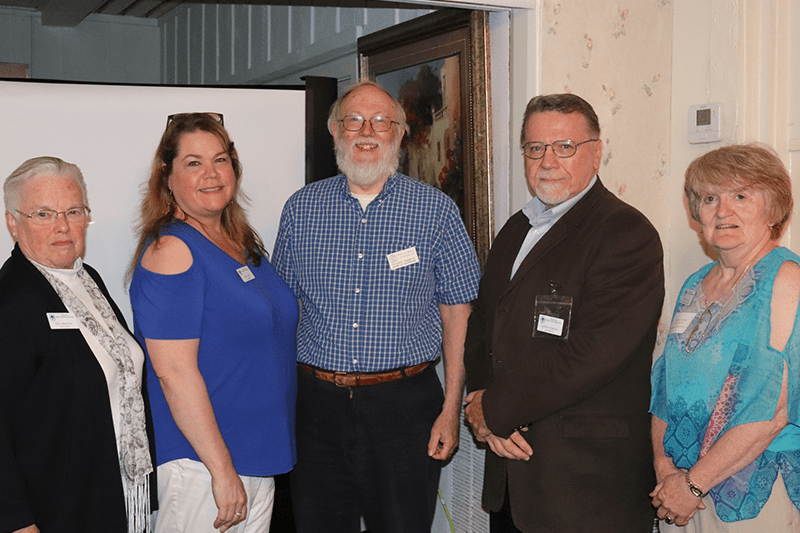History of CSG
The History of the Connecticut Society of Genealogists, Inc.
Founding of the Connecticut Society of Genealogists (CSG)
In the mid-1960s, three “Saturday morning family historians in the Genealogy section of the Connecticut State Library (CSL)” George E. Williams, Elery B. Clark, and Randall M. Loomis decided that it might be useful to have some form of organization whereby people could get together to exchange genealogy data and discuss common problems. In March of 1968, an organizational meeting which was held at the Connecticut Historical Society (CHS) in Hartford. Because of inclement weather, the first meeting was rescheduled for April 20, which is considered the founding date of CSG. CSG has 330 charter members. CSG is a 501©3 organization.
The purpose and objectives of the Society, as stated in the bylaws, are:
- to encourage and assist in the acquisition, location, preservation and indexing of public and private genealogical records, with emphasis on Connecticut records, and to make such records and collections available to members and to the general public;
- to express the society’s concern about records preservation and public access to records.
- to encourage and instruct members in the technique and practice of genealogical research and compilation;
- to maintain and elevate genealogical standards; and
- to provide instructional and educational programs and publications throughout the year.
- to cooperate with regional, national and individual societies with like purposes.
Challenges
A major challenge for CSG was gaining access to Connecticut birth records. The published “Barbour Collection” provided vital records up to 1850, but access to more recent birth records was difficult. In the 1930s someone had unwisely published a genealogy with vital records data for living persons. These records revealed an out-of-wedlock birth that embarrassed the family. A family member, who was a state legislator, reacted by putting a bill through the Connecticut Legislature that severely restricted access to vital records. Under this law, only lawyers, title examiners and parents whose children were still minors could access the birth records. The Society, while agreeing that it was wrong to publicize sensitive information on a living person, believed that there should be some provision for genealogical research under suitable conditions.
CSG turned to Jeanne Thornton, a state legislator in Glastonbury for help. The initial bill went to committee for hearings where it was opposed by the State’s Health Department and the bill died in committee. In the 1971 legislative session, we re-introduced our bill, which was ultimately approved by both houses of the General Assembly and signed by the Governor, thereby becoming law.
However, along the way the Public Health Committee did impose one restriction. They said that the State must have some control over the genealogy societies; so the bill limited access only to members of societies incorporated in Connecticut. Although CSG opposed this provision, it greatly benefited CSG in obtaining members. Today there are fourteen incorporated organizations whose members may access State vital records.
